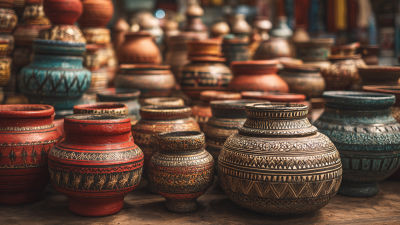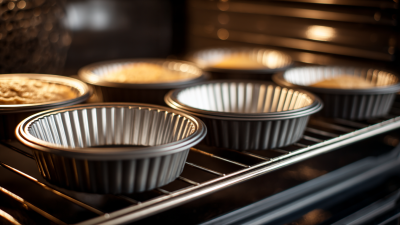Choosing the right Cooking Utensil Set can significantly influence your culinary experience, transforming cooking from a mundane task into a delightful adventure. Recent industry reports indicate that the global market for kitchen utensils is expected to reach $13.4 billion by 2027, reflecting a growing appreciation for high-quality cooking tools among consumers. With an array of materials, designs, and functions available, selecting the perfect set tailored to your culinary needs is essential for both amateur cooks and seasoned chefs alike. A well-chosen Cooking Utensil Set not only enhances efficiency in the kitchen but also contributes to the overall enjoyment of preparing delicious meals. In this guide, we will explore key factors to consider when selecting cooking utensils to ensure you invest in a set that aligns with your cooking style and preferences.
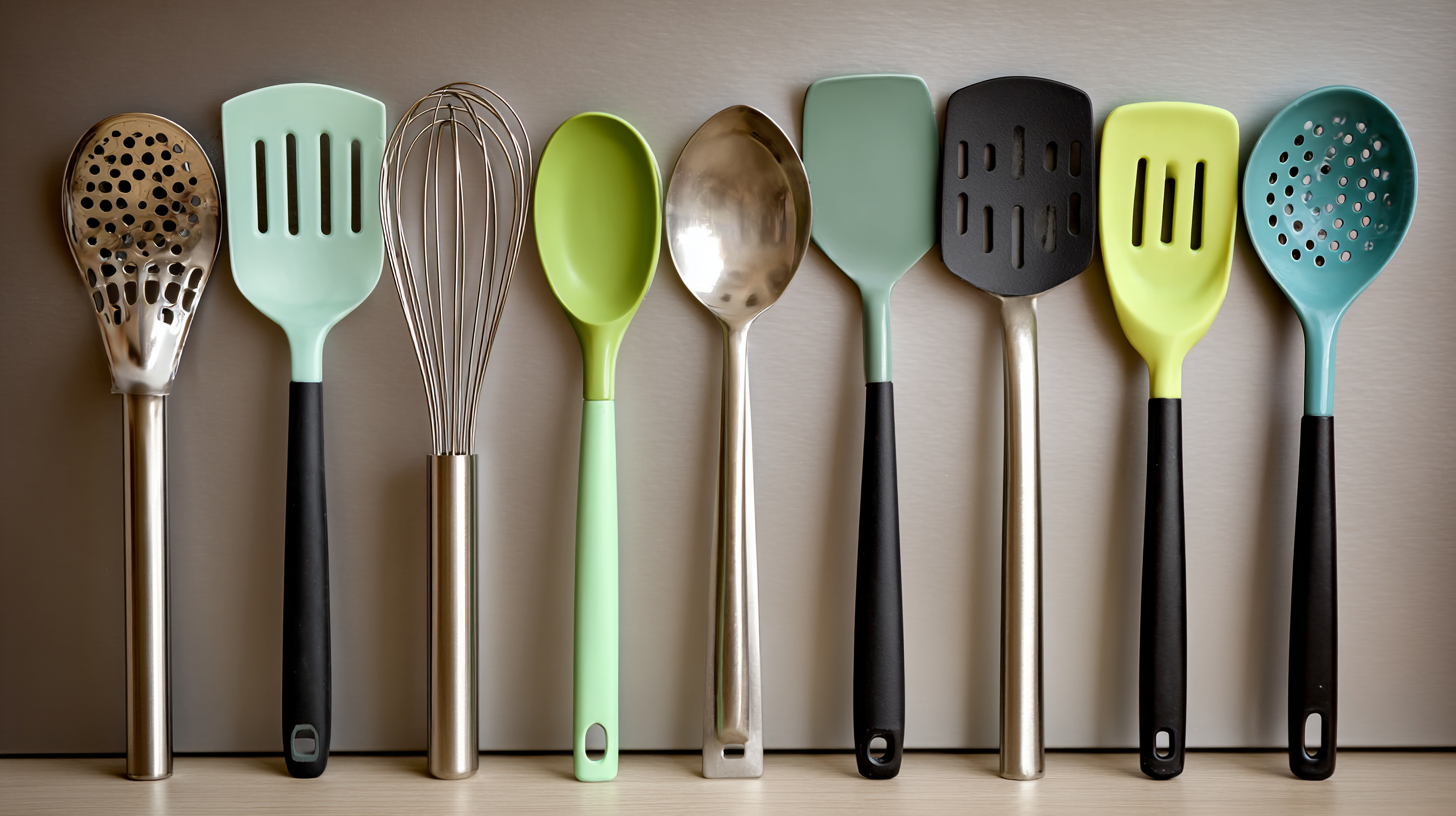
When selecting the ideal cooking utensil set, it is crucial to understand the various types of utensils available and their specific uses in the kitchen. Basic utensils include spatulas, whisks, ladles, and tongs, each serving distinct functions. For instance, spatulas are essential for flipping and serving foods, while whisks are perfect for beating eggs or mixing batter. Ladles make it easy to serve soups and stews, while tongs allow cooks to grasp and turn hot ingredients safely. Choosing quality materials, such as silicone or stainless steel, can greatly affect durability and performance.
In addition to these fundamental tools, specialized utensils cater to unique culinary tasks. For example, a garlic press simplifies the process of mincing garlic, while a zester adds flavor by easily grating citrus peels. Mixing bowls, measuring cups, and cutting boards are also indispensable for preparing ingredients with efficiency. By considering the variety of tasks you’ll undertake, you can build a well-rounded collection that enhances your cooking experience, ensuring that you are equipped to handle everything from basic meal prep to elaborate culinary creations.
When selecting the perfect cooking utensil set, one of the most critical factors is the material used to construct the tools. Each material has its unique characteristics that influence durability and safety in the kitchen. Silicone utensils have gained popularity for their heat resistance and flexibility, making them ideal for non-stick cookware. They are non-reactive, ensuring that they won’t impart flavors to food, which is essential for preserving the integrity of your culinary creations.
Wooden utensils are another excellent choice, valued for their durability and classic aesthetic. They are gentle on cookware surfaces, preventing scratches and damage. However, it is important to regularly maintain wooden utensils to avoid cracking and warping.
Additionally, metal utensils, such as stainless steel, provide robustness and are often favored for high-heat cooking. They can withstand rigorous use but may not be suitable for non-stick surfaces unless coated meticulously. By weighing the pros and cons of each material, cooks can select utensils that not only meet their cooking needs but also ensure a safe and efficient culinary experience.
When it comes to selecting the perfect cooking utensil set, understanding your cooking style and the types of cuisine you frequently prepare is crucial. Research indicates that 70% of home cooks prefer versatile utensils that can be used across various dishes, aligning with the trend of multicultural cooking at home. For example, if you enjoy Italian cooking, a set that includes wooden spoons, pasta scoops, and silicone spatulas would serve you well, allowing for authentic preparation of sauces and pasta. In contrast, those who favor Asian cuisine may prioritize bamboo steamers, chopsticks, and ladles, emphasizing precision and technique.
Moreover, the material of the utensils can significantly influence your culinary experience. According to the American Kitchenware Association, silicone and stainless steel remain the top choices among chefs for their durability and heat resistance, accounting for over 60% of utensil purchases in the past year. When evaluating your needs, consider whether you require utensils that withstand high temperatures for baking or those that are gentle enough for non-stick cookware. Being mindful of these factors can greatly enhance your cooking efficiency and enjoyment, tailoring your selection to fit both your culinary needs and your personal cooking style.
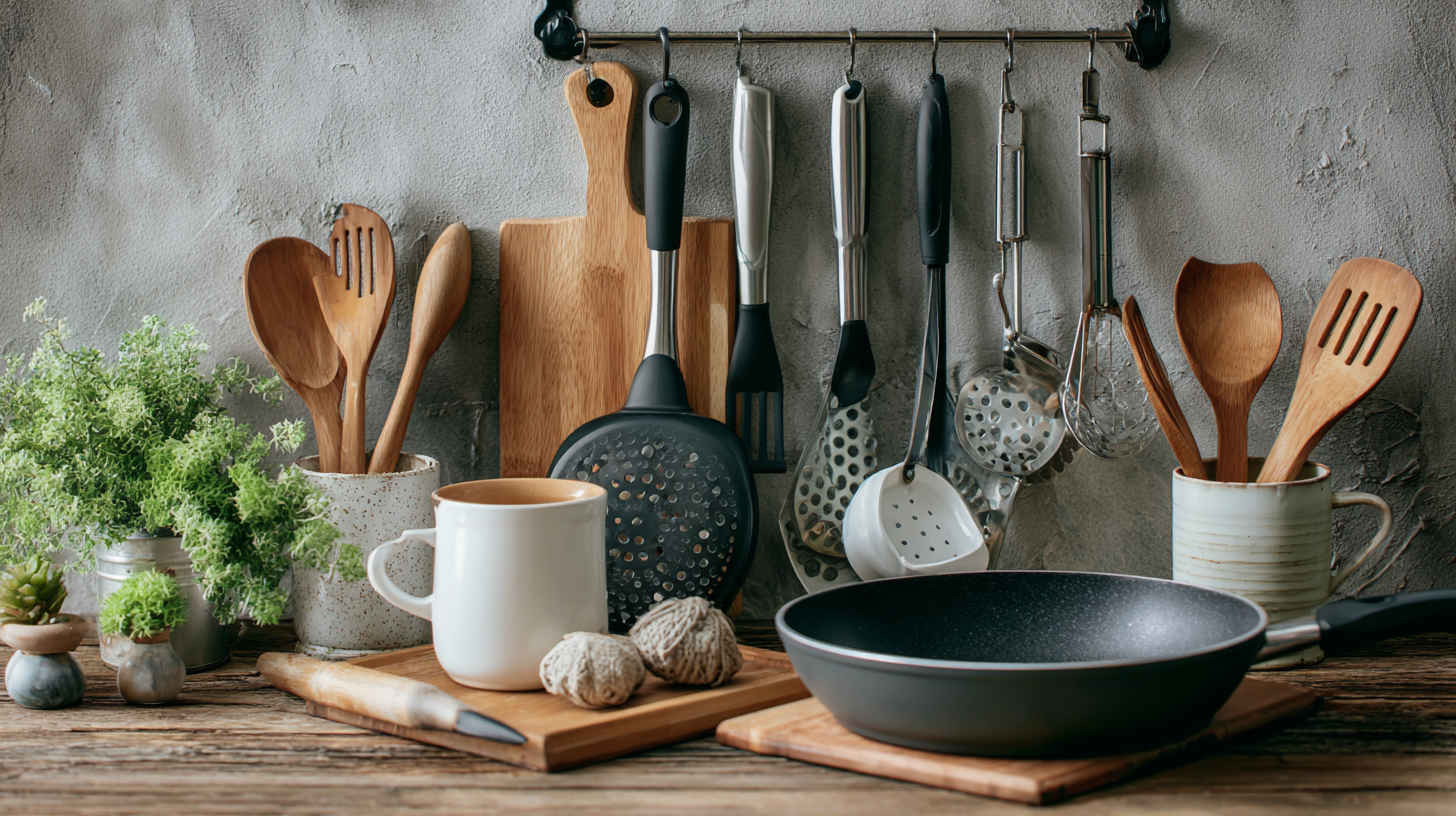
When it comes to choosing cooking utensils, considering ergonomics is crucial for both comfort and efficiency in the kitchen. Ergonomically designed utensils help reduce strain on your hands and wrists, allowing you to cook longer without discomfort. Features such as contoured handles and lightweight materials can significantly enhance your cooking experience. Opt for tools that fit comfortably in your grip, as this will promote better control and reduce the risk of injuries during extended cooking sessions.
Tips: Look for utensils with silicone or rubberized grips, which provide added comfort and prevent slipping. Pay attention to the balance of each utensil; a well-balanced tool allows for easier maneuverability, which is especially important when performing tasks like stirring or flipping food.
Another key factor in ergonomic design is the length and shape of the utensils. Longer handles can keep your hands further away from the heat, while ergonomic shapes can dictate how you hold the tool, optimizing your movement. When selecting your set, prioritize utensils that support a natural hand position; this will not only enhance efficiency but also make cooking an enjoyable and pain-free experience.
Tips: Test out different utensil shapes in-store to see which ones feel most comfortable. Investing in high-quality, ergonomically designed utensils can also lead to better long-term results in both your cooking skills and overall kitchen experience.
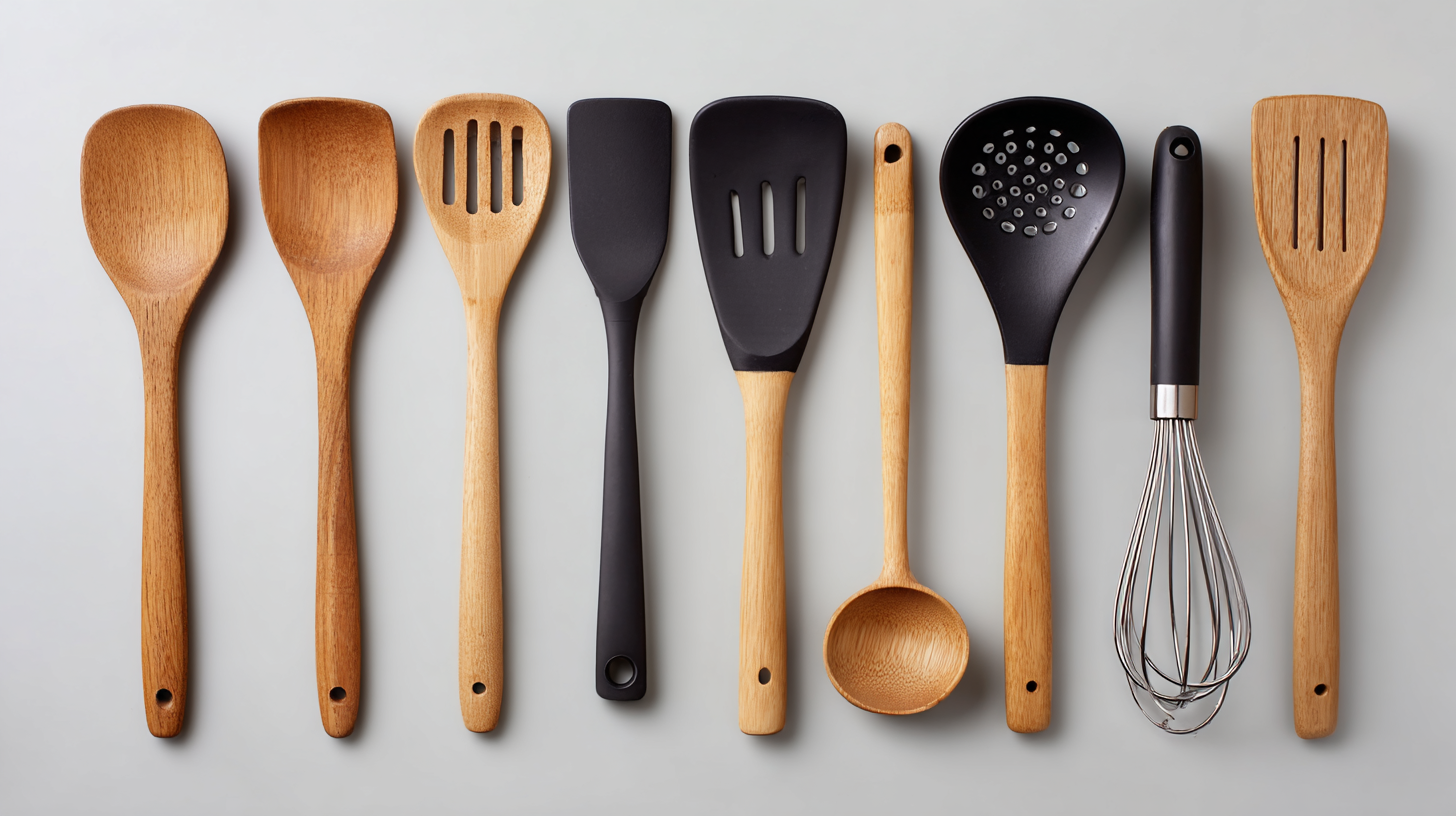
When building a comprehensive cooking utensil set on a budget, it's essential to prioritize your culinary needs. Start by identifying the key utensils that will enhance your cooking experience—essential items such as a sturdy spatula, a reliable whisk, and versatile measuring cups. This approach not only streamlines your cooking process but also ensures you invest in tools that will be frequently used. Researching affordable options and reading reviews can be beneficial in finding quality utensils that don’t compromise on durability.
To effectively manage your finances for this endeavor, consider creating a detailed budget. Begin by tracking your income and expenses, which will help you understand how much you can allocate for your cooking utensils without straining your finances. Look into budgeting apps that offer features to monitor your spending and provide alerts for when you're nearing your set limits. Allocate a specific amount each month towards your cooking utensils, allowing you to gradually build your collection while ensuring that you remain financially responsible.
This chart illustrates the estimated costs for different types of cooking utensil sets, helping you to understand your budgeting options based on your culinary needs.
